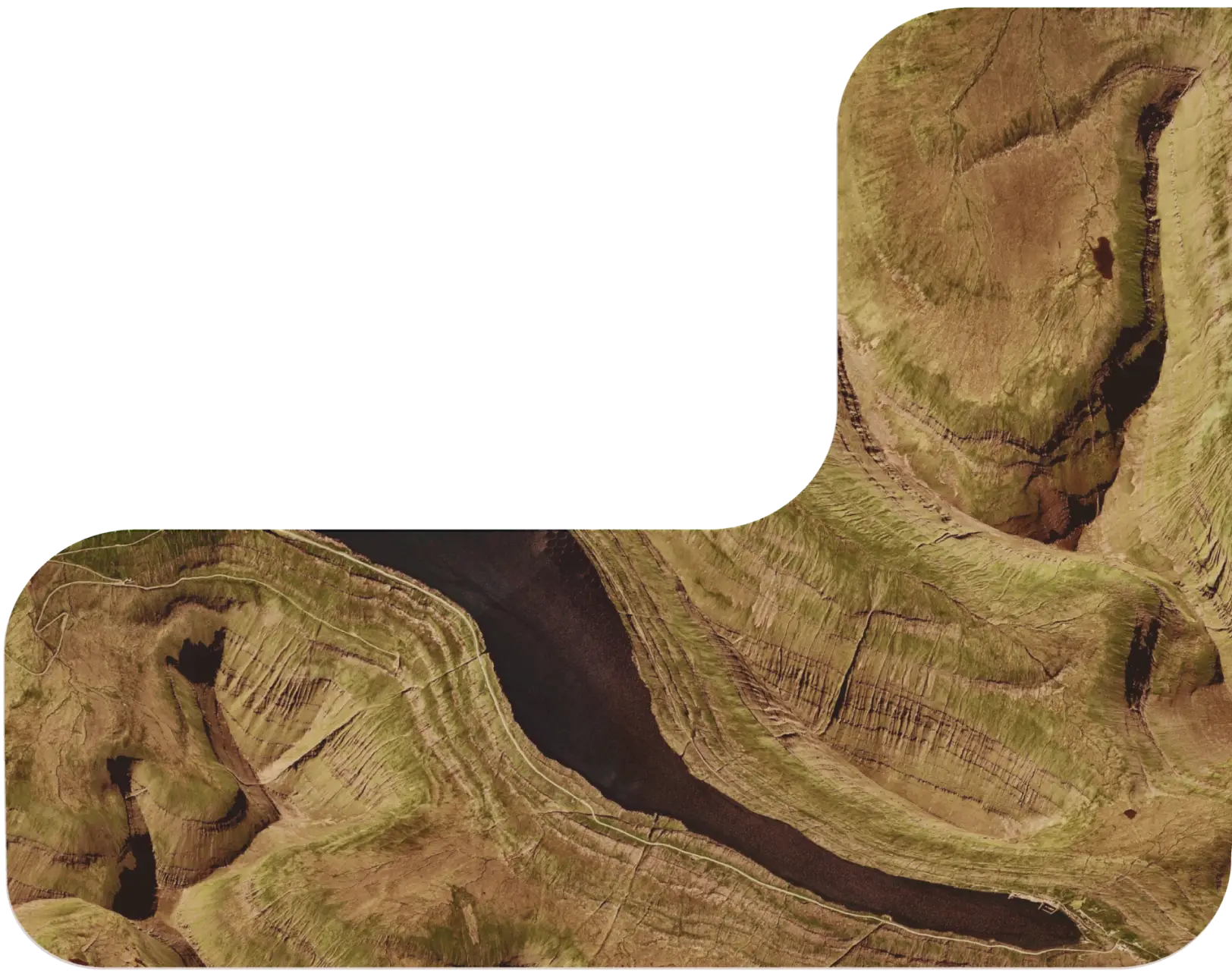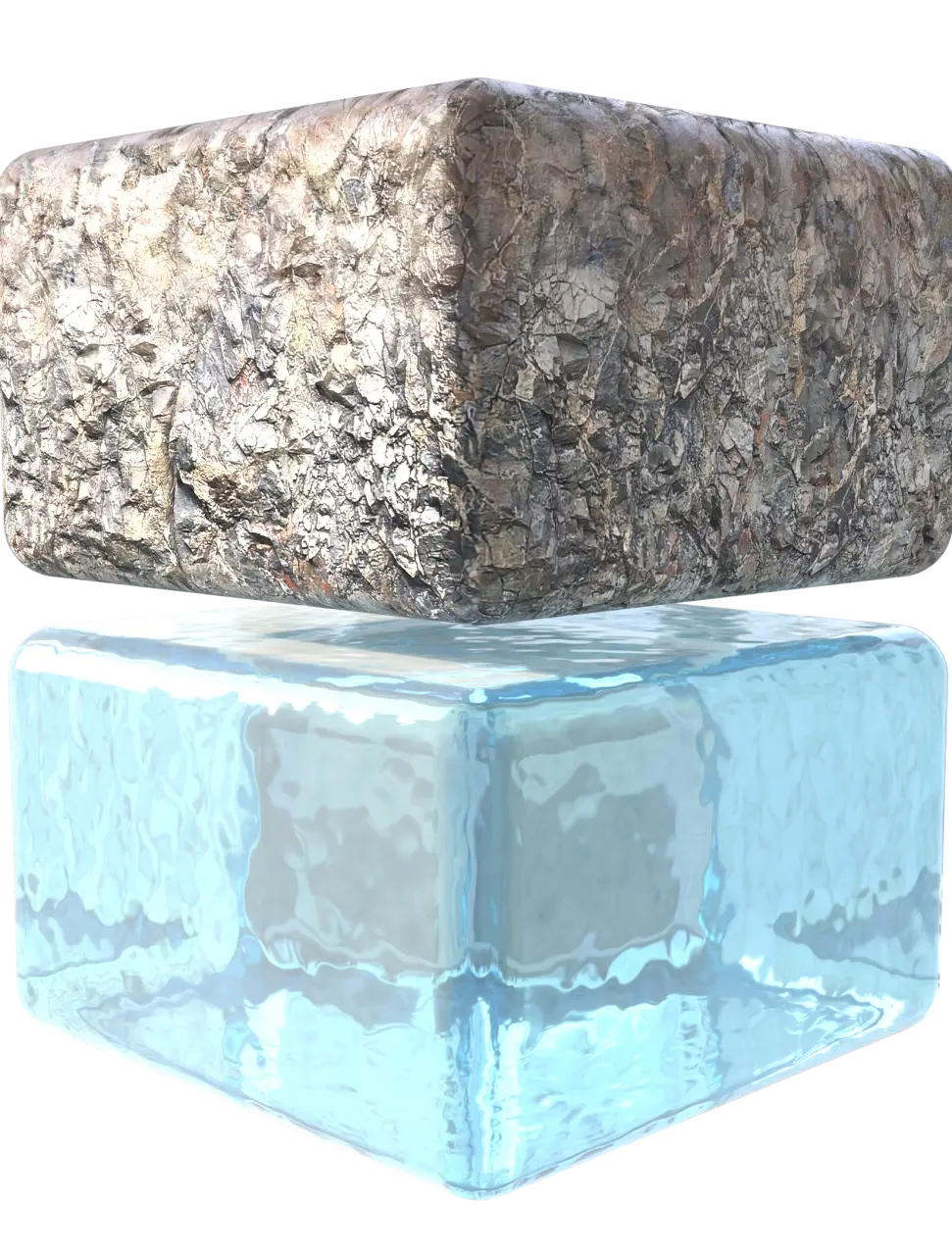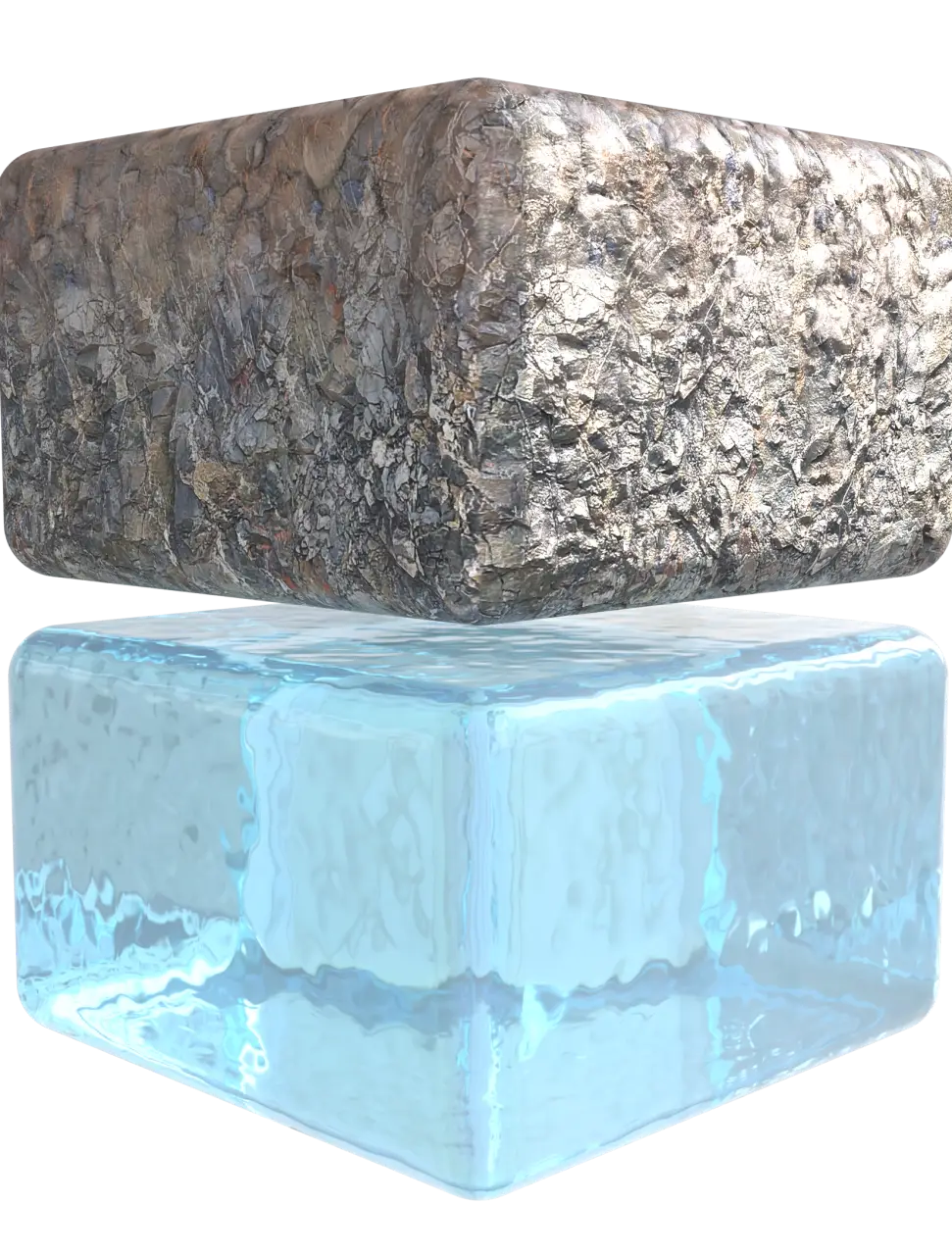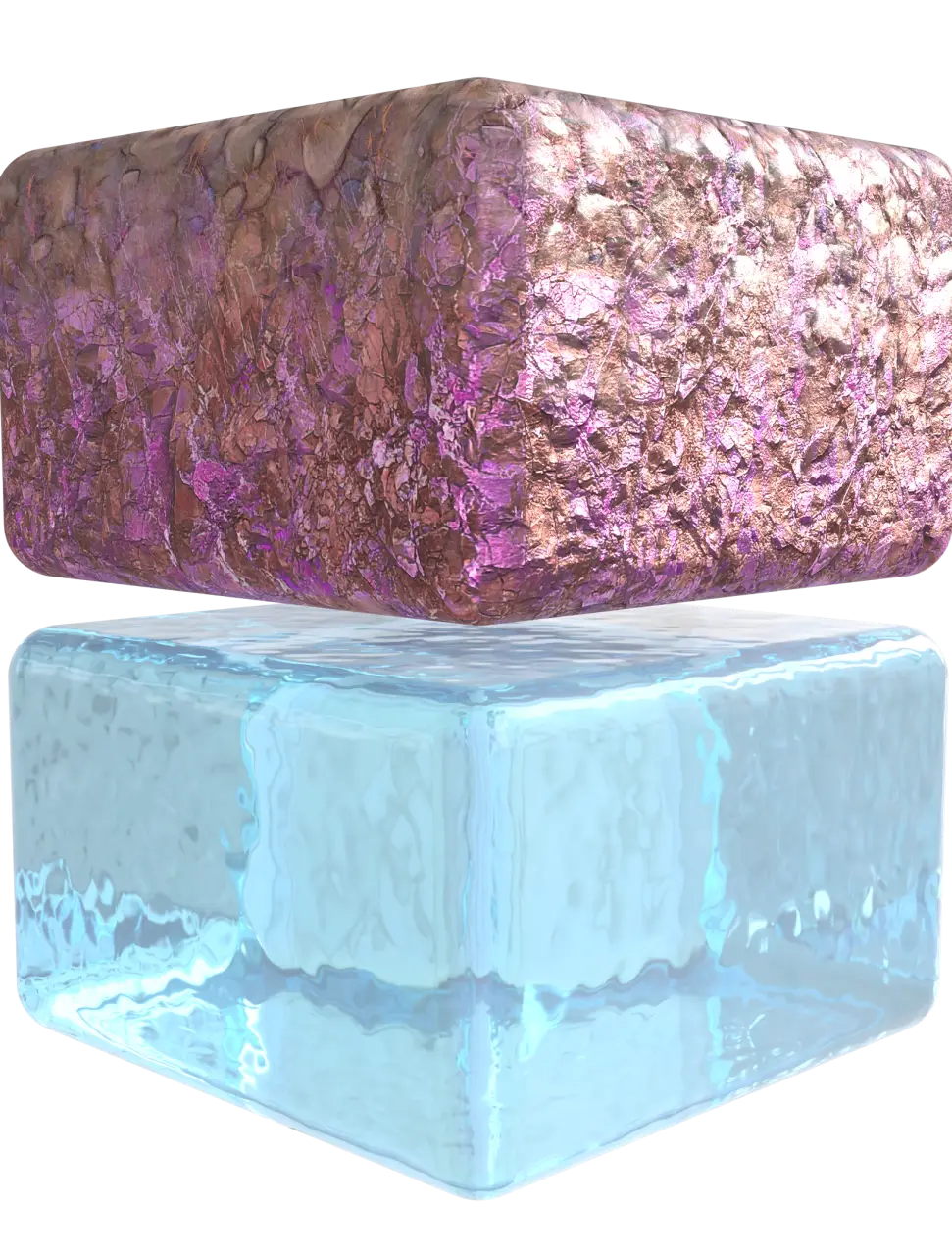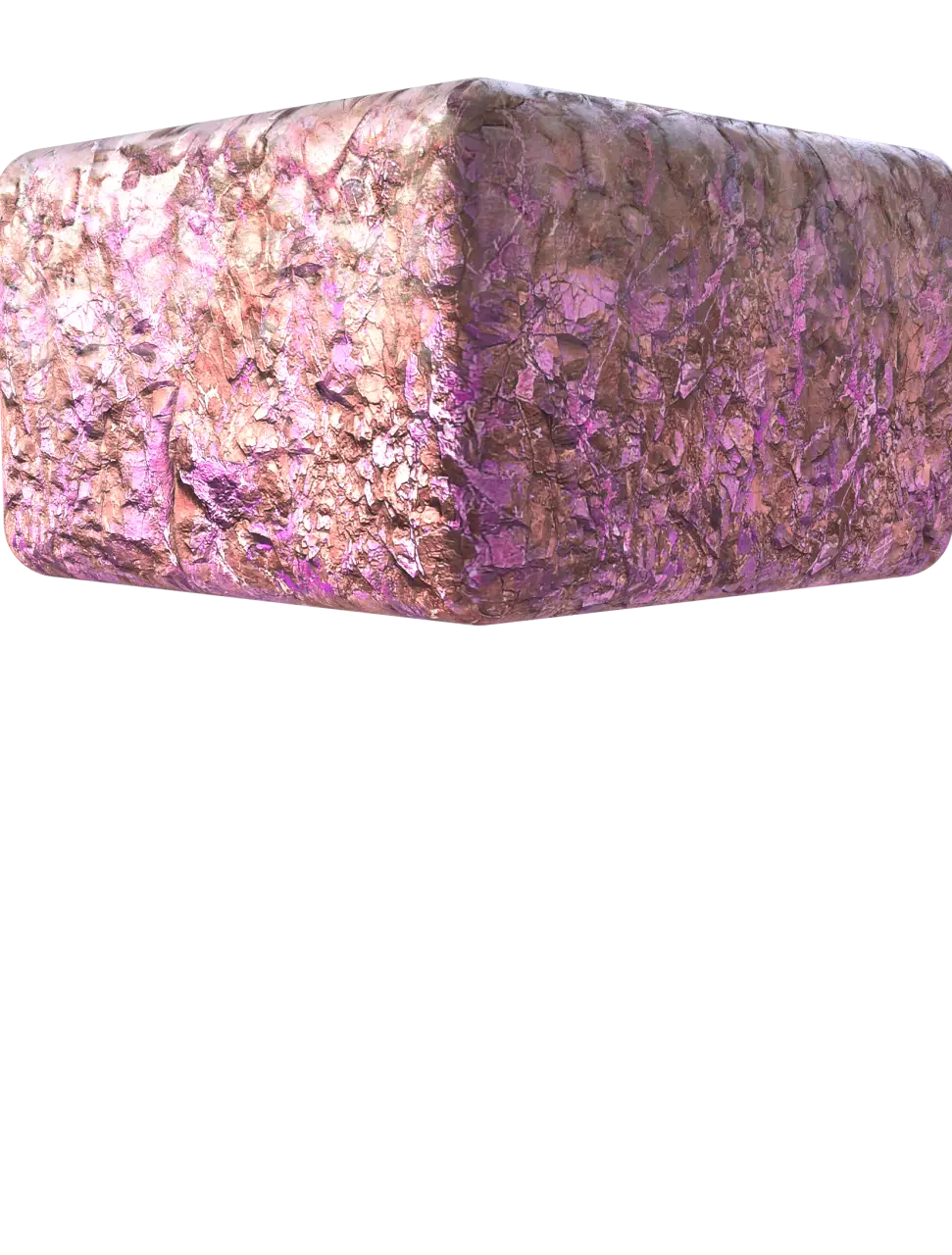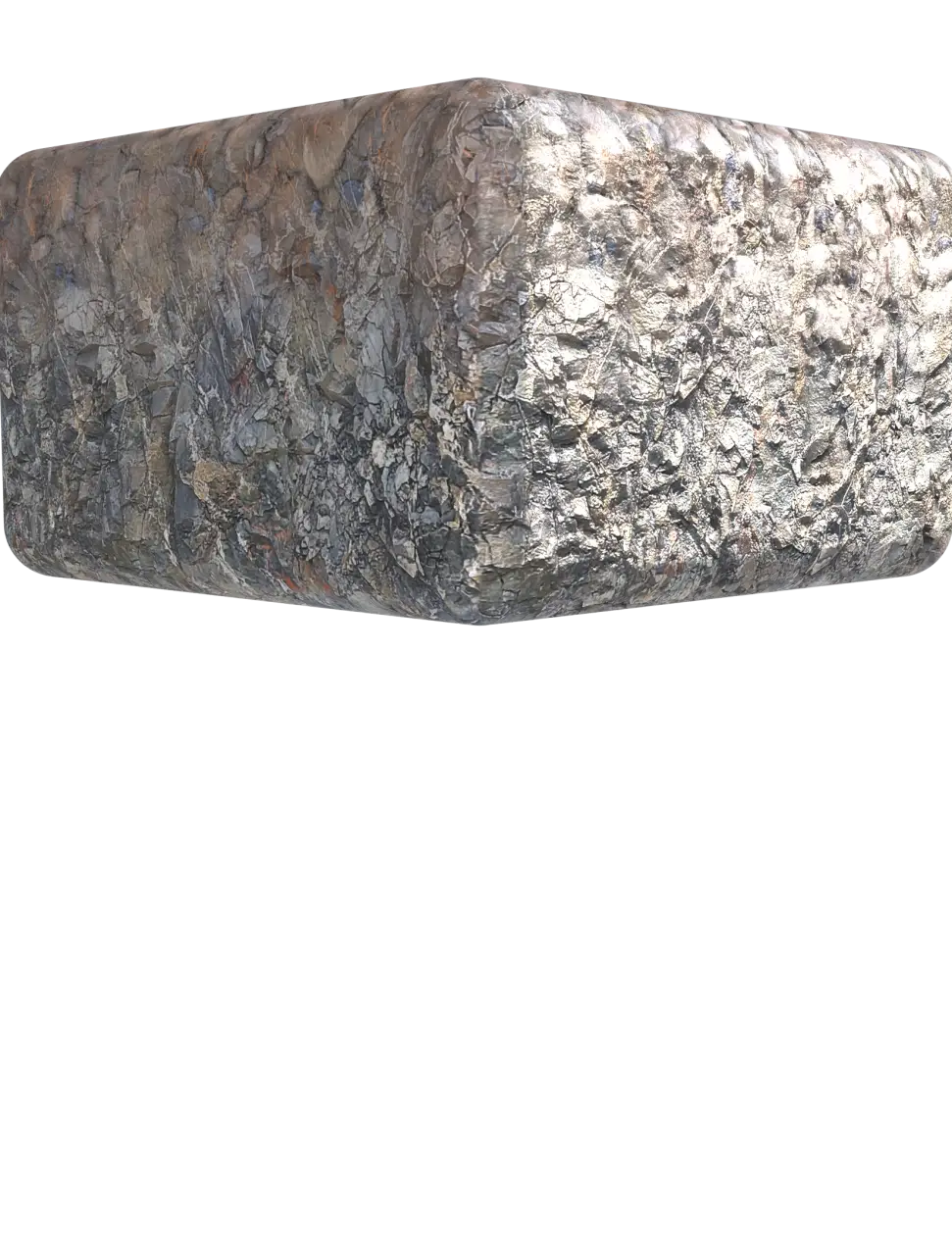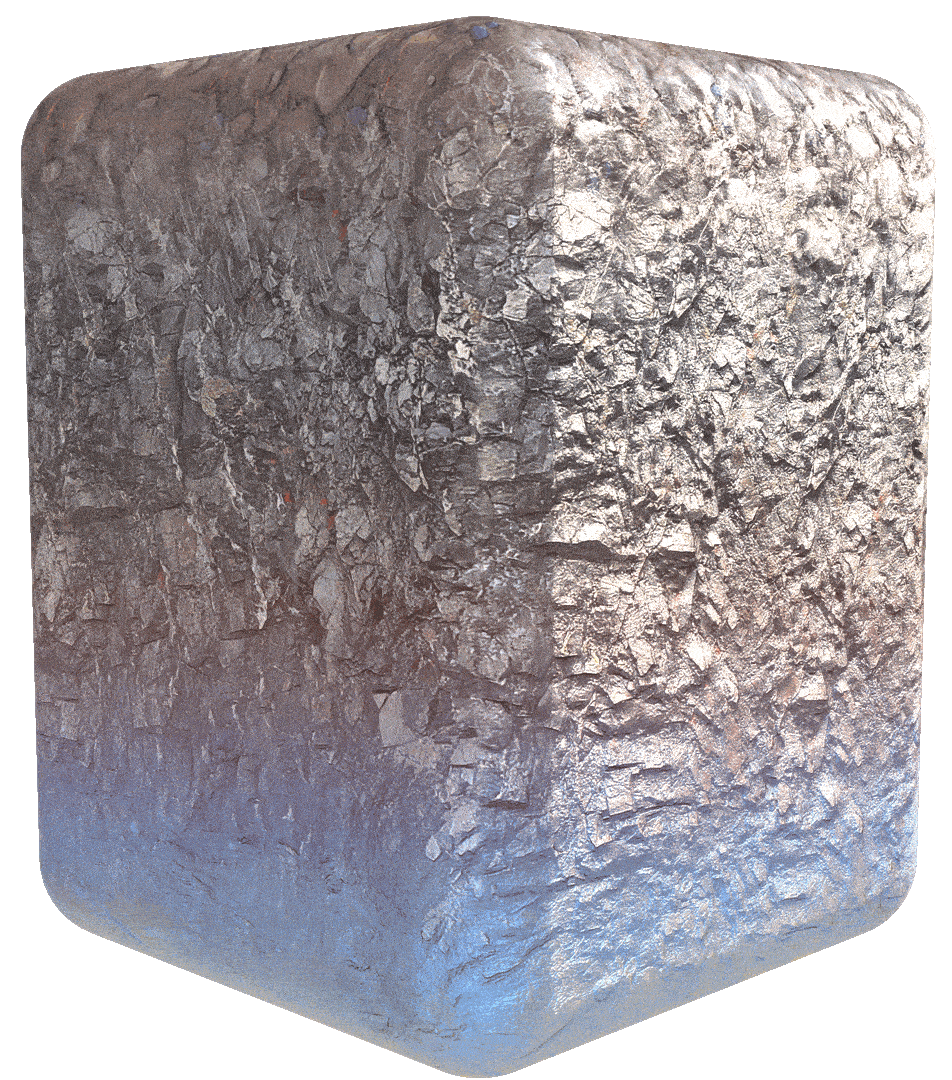Natural hydrogen, also called white hydrogen, is molecular hydrogen (H2) that occurs naturally in the Earth’s crust, generated by a variety of geological and geochemical processes without human intervention. It exists both as a gas phase within subsurface porous rocks or dissolved in groundwater, often mixed with gases such as methane, nitrogen and helium.
The following processes lead to hydrogen generation, migration through the subsurface, and accumulation in suitable traps or porous formations, often mixed with other gases. Understanding this interplay between sources, migration pathways, and reservoirs is essential for locating economically viable natural hydrogen.
